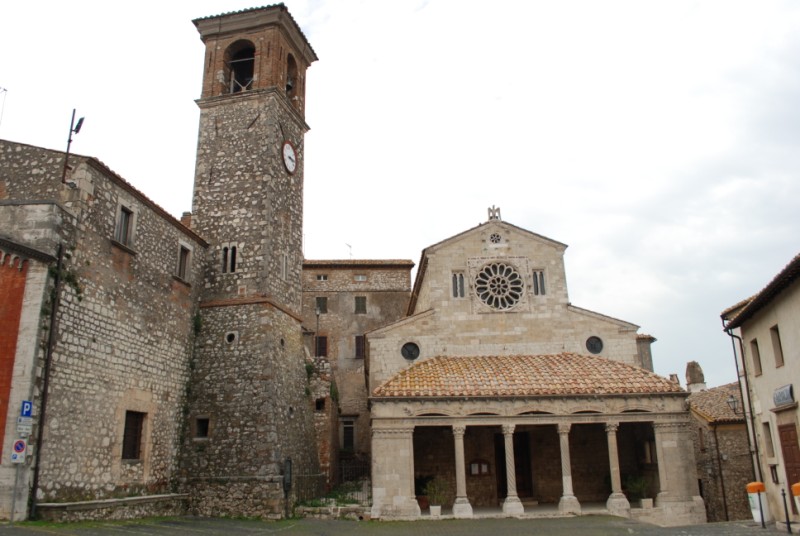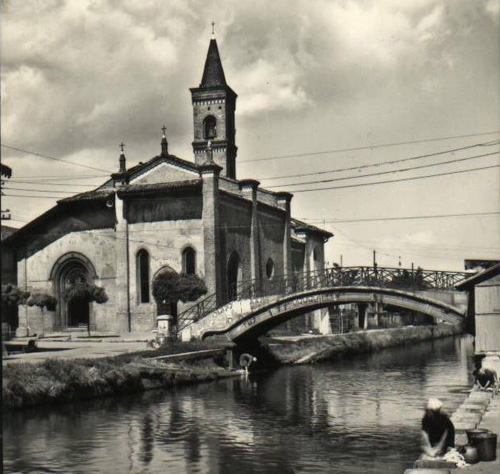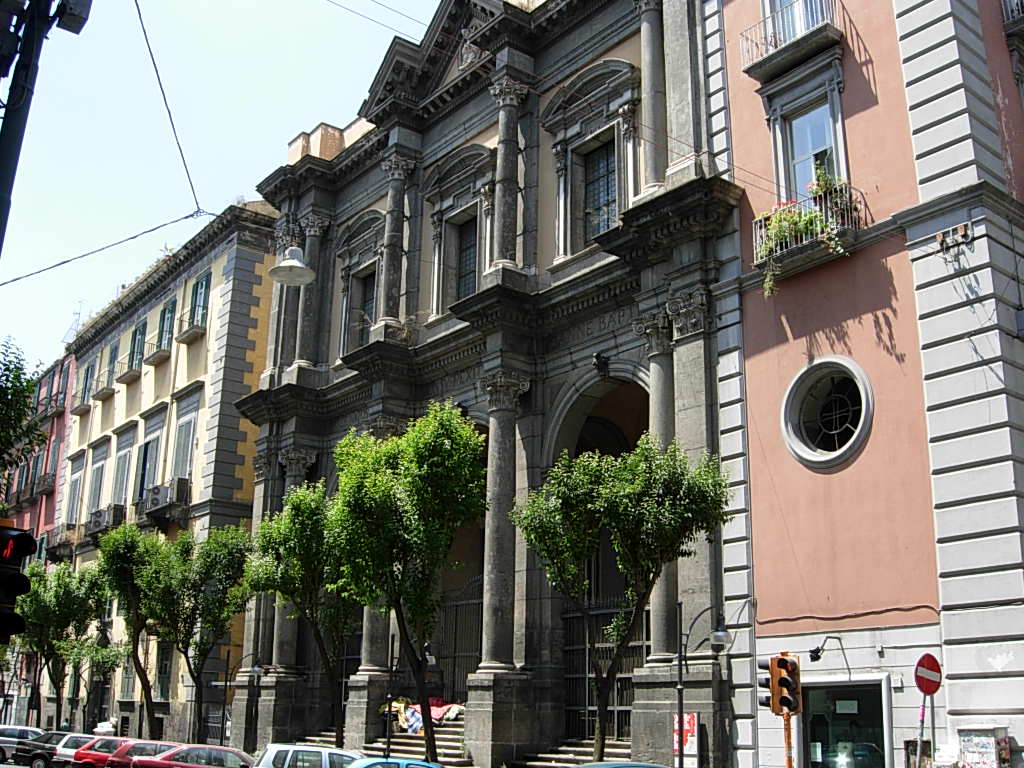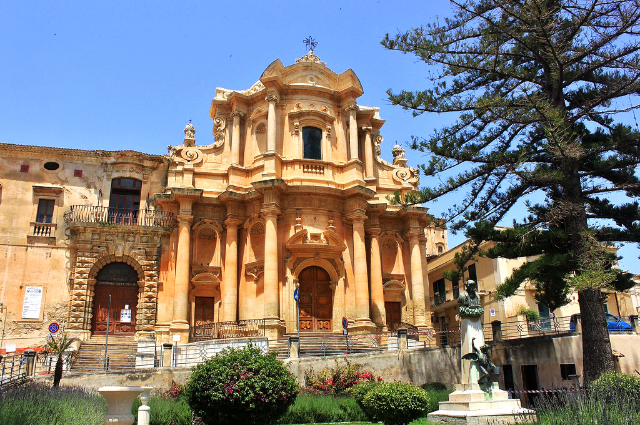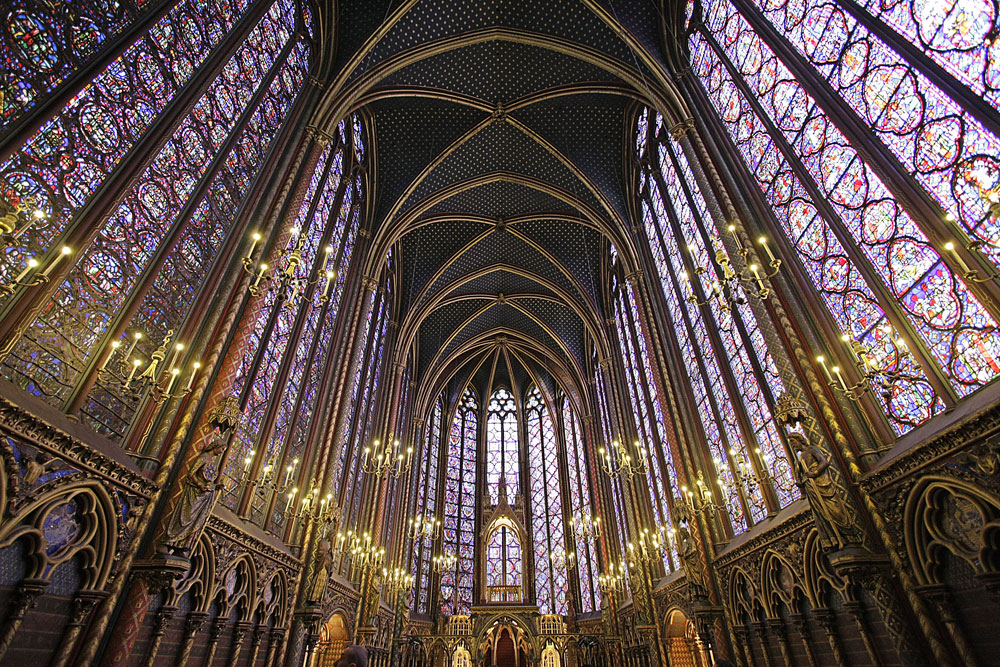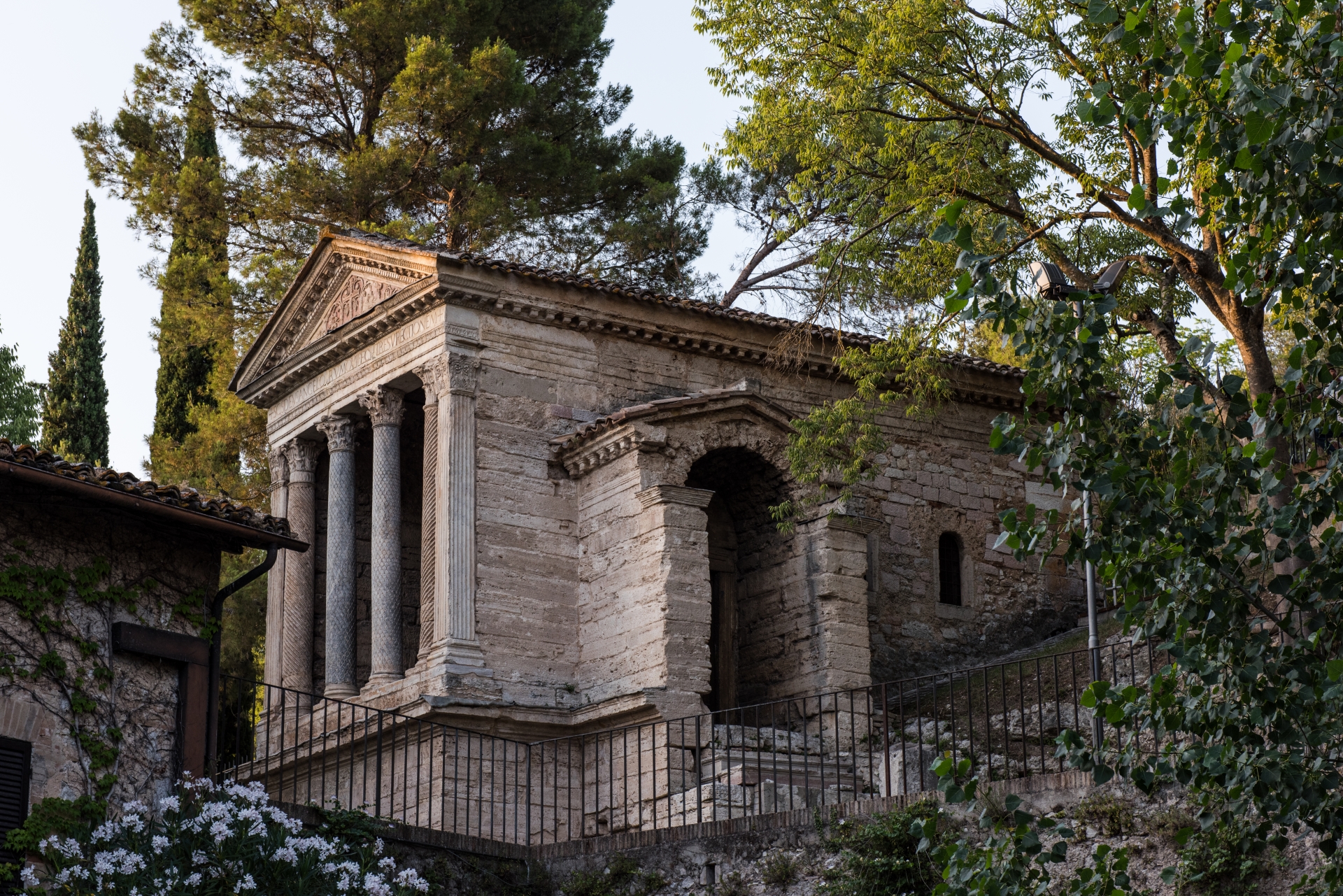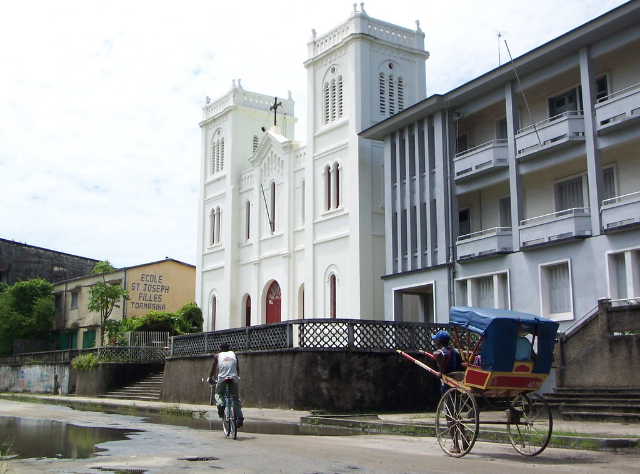The church of S. Maria Assunta, harmoniously inserted inside the urban fabric of Lugnano, can be considered the most mature expression of the Romanesque churches present in the territory of southern Umbria.
It is surely the most important building of cult of this small suburb, both for its artistic and architectural merit, and for its high symbolic value, manifestation of extraordinary richness and vitality of the religious culture of a small medieval community. It, harmoniously inserted within the urban fabric, is considered by some "a completely local product" of "autochthonous origin", which was born from the idea and culture of the inhabitants of Lugnano, which has always been a center of arrival and stay of people from all over Italy.
The Church dominates with its prospectus the ancient medieval square called "Platea di S. Maria", which was the point of reference and unification of all the Contrade components of the Land of Lugnano. In 1500, and certainly before and after, it was the center of social life and the ideal and practical heart of the whole village, where the people gathered for public meetings, for every important and extraordinary event and it was also the place of all the festivals and medieval games. Its perimeter was delimited by the Palazzo del Podestà with the Chancellery and the prisons, the Church of S. Pietro, the Cemeterium, the Church of S. Eutizio and the Church of S. Maria. On the right side there was also a characteristic well, which disappeared around 1950 and this intervention has resized the square, previously wider.
The Collegiate has in its pronaos a plaque with a rubric of the Statute, corresponding to the rubric n. 21 of the I Book of the Statute of 1508. L’Eroli argues that it is a proof for the dating of the Church and says: "Here therefore that the same inscription assures us that the present renewed Collegiate was already standing in 1230, and who knows how many years before, for which the two centuries, from me given to its reconstruction, not ponnosi for any reason put in doubt.
The building, facing east, towards the rising sun, symbol of Christ, has the typical Latin cross plan, with a tripartite facade with interrupted salients, crowned by a triangular tympanum, which highlights the internal division into three naves. It is made of blocks of local travertine perfectly squared and adorned by a portico that presents a half-vaulted cover, supported by semicircular ribs, made entirely of stone.
The facade is rich in numerical and iconographic elements, that is, religious symbols, with precise meanings that could be easily "read" and understood even by the usually illiterate population. These representations, real proverbs carved in stone, had the purpose of admonishing the people and defending them from temptations, symbols that our ancestors understood with natural simplicity.
The tympanum, that is the highest point of the roof, is surmounted by an Eagle that indicates all the Romanesque churches dedicated to the Madonna. The two wings of the great Eagle were given to Mary to fly in the "desert of men", that is the world, where the Church of Christ will be born. Unlike the other eagles, ours holds in its talons an immolated, sacrificed lamb, which is the symbol of Jesus Crucified.
The smaller Rosette below divided into six rays signifies the time of Creation which took place in 6 days. It is surrounded by 7 ceramic discs, 7 is the perfect number, composed of 3, number of Heaven and 4 number of Earth.
The great Rose window is the symbol of Christ, the center of the Universe and has these meanings: the circle is the Heaven symbol of God, inscribed in a square which represents the Earth of man. The whole circle and square represents God who becomes Man with the coming of Christ. The wheel has 16 doubles, that is 32 on the outside and 8, that is 16 on the inside. The entire rose window is built on multiples of 8, the number symbolizing the Resurrection through Baptism, which takes away our Original Sin.
The four figures carved at the corners of the square represent the 4 Evangelists, Matthew, Luke, John, Mark, considered the 4 cardinal points of the New Testament, that is, the Gospel.
The same figures are repeated on the lintel of the portico: the Angel seen from the front represents Matthew open to humanity; the Lion represents Mark, defender of Christ; the Eagle represents John, symbol of the Resurrection; the Bull represents Luke, symbol of passion and sacrifice.
Next to Luke is Adam with the appearance of an animal, to remind everyone of the original sin committed by Adam and that caused him to be expelled from the Earthly Paradise, on the other side the frightened animal is the symbol of Sin.
Each of the capitals of the side columns depicts a double Y, which indicates the two roads that man can take: Salvation or damnation.
On the capital, under the Angel of Matthew, two Eagles are carved with their wings touching to indicate the importance of unity and brotherhood among men.
Under John’s Eagle, the last capital presents a curious and much discussed subject, but it has been concluded that the ribbons rising from the ears of two men and ending in a flower, symbolize Man’s Listening and Obedience to God’s word.
